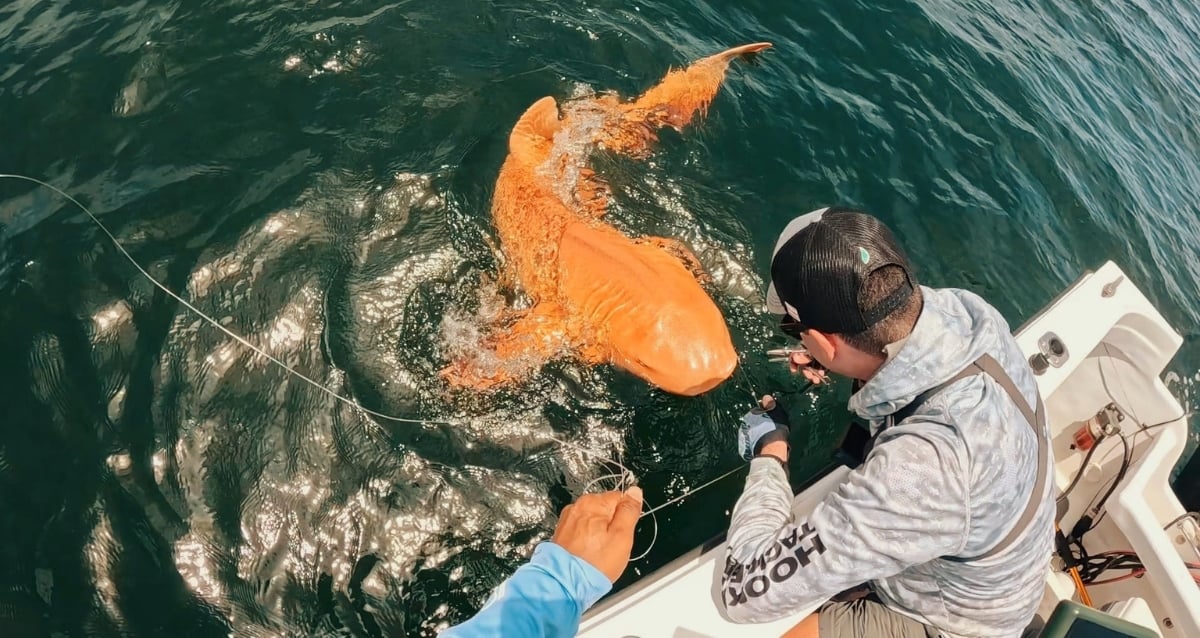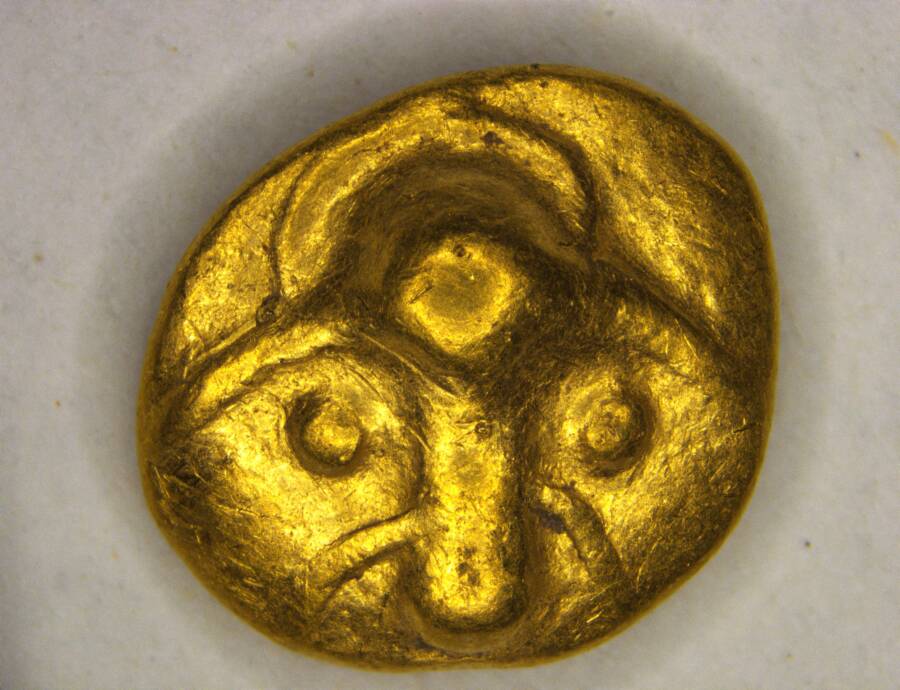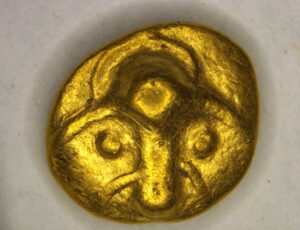Mysterious Orange Shark With Piercing White Eyes Stuns Scientists Off Costa Rica’s Shores
So picture this: a six-and-a-half-foot nurse shark cruising the Caribbean waters flaunting a neon orange coat—and no, it’s not auditioning for a fish-themed disco. This isn’t your everyday fish story; this shark’s got not one but two wild card pigmentation quirks—xanthism and albinism—that made it look like the lovechild of a goldfish and a ghost. Normally, nurse sharks keep it low-key with brown hues and stealthy dark eyes, blending perfectly with the seabed to avoid becoming a bigger fish’s lunch. Yet here’s the kicker—this glowing weirdo managed to survive well into adulthood. Makes you wonder: is this a freak genetic fluke, or is nurse shark adaptability playing a whole new game we never saw coming? Could this flashy orange dude have found a sneaky survival advantage in plain sight? Dive into the peculiar tale that’s turning everything we thought we knew about shark pigmentation upside down. LEARN MORE
Despite having both xanthism and albinism, this Caribbean nurse shark survived well into adulthood, raising new questions about the conditions and the species’ adaptability.

Tortuguero National Park/FacebookThe orange nurse shark has albinism and another condition known as xanthism, resulting in its orange color.
During a sport fishing trip off the coast of Costa Rica, fishers reeled in an unusually rare orange-colored nurse shark. It was found at a depth of around 120 feet near Tortuguero National Park, which then shared photographs of the shark on its Facebook page.
Researchers were naturally curious about the shark’s color. To date, no other cartilaginous fish in the Caribbean — a group which includes sharks, rays, and skates — has shown similar coloration.
A Nurse Shark With Overlapping Pigmentation Conditions Astonishes Researchers
According to research from the Federal University of Rio Grande, the orange appearance is believed to have been caused by a condition known as xanthism, or xanthochroism, which creates excessive yellow or golden colors in an animal’s skin due to a lack of red pigmentation.
Curiously, the shark also showed signs of albinism, including a pair of all-white eyes. Both of these conditions — the orange skin and white eyes — are antithetical to nurse sharks’ natural camouflage.

Tortuguero National Park/FacebookA fisherman named Juan Pablo caught the shark last year on a fishing trip.
Typically, these sharks have brown skin and dark eyes that allow them to naturally blend into the seabed, making them less vulnerable to predators. Nurse sharks are also benthic predators, meaning they spend a majority of their time on the seafloor around reefs and rocky ledges stalking prey. In theory, bright orange skin would make it more difficult to hunt and to hide.
Researchers, however, suggested this may not be the case.
The discovery also raises questions about the nature of the condition. While xanthism is known to have a genetic basis, the study authors pointed out that other factors such as “inbreeding, environmental stress, elevated temperatures, and hormonal imbalances may also influence pigmentation.”
Xanthism itself is considered rare in the animal kingdom, only observed in a few other fish species. Among freshwater species like guppies, cichlids, and goldfish, it is sometimes seen to create vibrant yellow variations. Birds like parrots and canaries, meanwhile, have also displayed golden plumage linked to xanthism. For it to occur alongside albinism, however, is almost entirely unheard of.
Albinism, an absence of melanin, results in pale skin, scales, or fur, accompanied by white or red eyes. Not only can this make animals more visible to predators, it can also increase their sensitivity to sunlight and make it more difficult to find a mate.
As such, there is some debate among researchers whether animals with xanthism actually face lower survival rates after all. In the case of this nurse shark, researchers noted that they do not believe it to be a hindrance — after all, this shark grew to be more than six-and-a-half feet in length and survived into adulthood.
Further Questions About Nurse Sharks’ Adaptability

Xanthism has never been scientifically observed in nurse sharks before.
“This unique finding suggests that xanthism does not hinder survival in this species,” the researchers wrote. “Compared to previous reports of abnormal pigmentation in [nurse sharks], such as albinism, piebaldism, and hypomelanosis, this is the first documented case of total xanthism in the species and the first recorded in the Caribbean Sea.”
Based on this shark’s survival, it could open new pathways for marine biologists to look into the adaptability of the species as well. Did the shark change how it hunted due to the condition? Did it seek out new places to camouflage itself? If so, could this have actually provided a new benefit?
“Is this o one-time occurrence,” the researchers ask, “or could it signal a new genetic trend in the local population?”
Without more research, though, it is difficult to tell if the coloration offered the shark any benefits, or if it merely happened to survive despite the differences. Regardless, this discovery is just the latest in a long line of stunning examples of biodiversity within Caribbean shark populations.



















